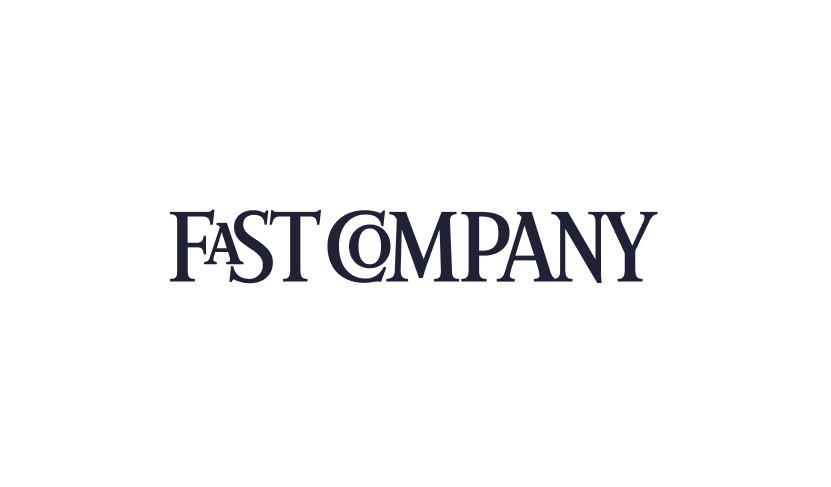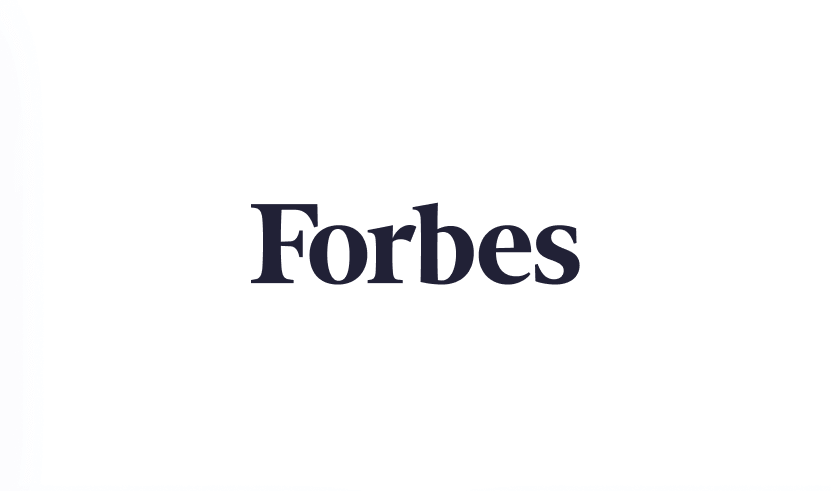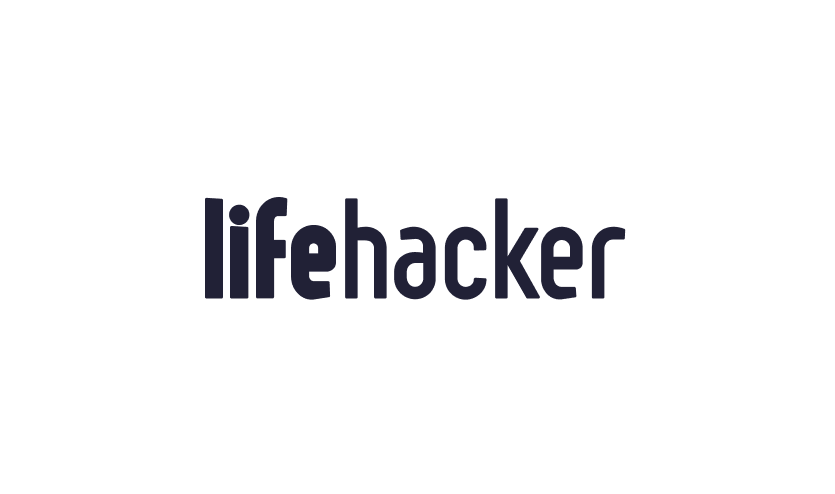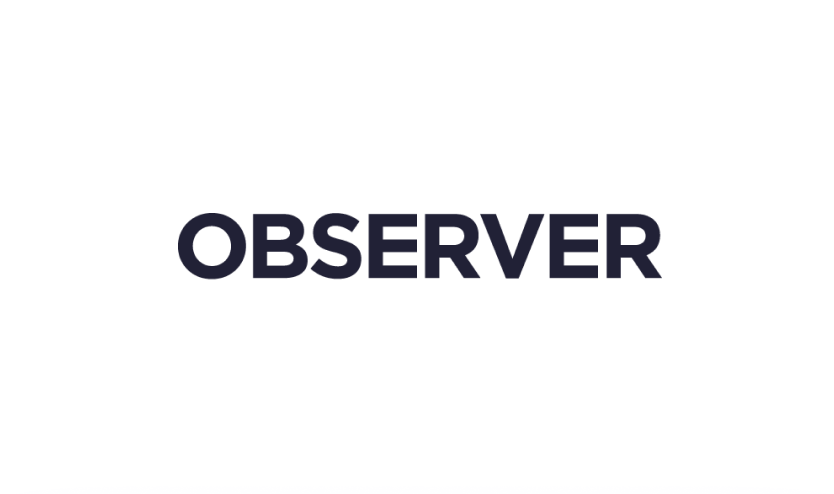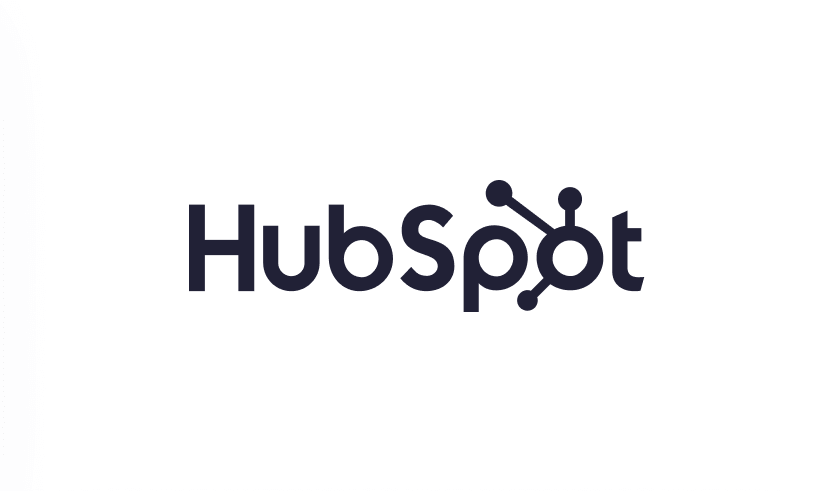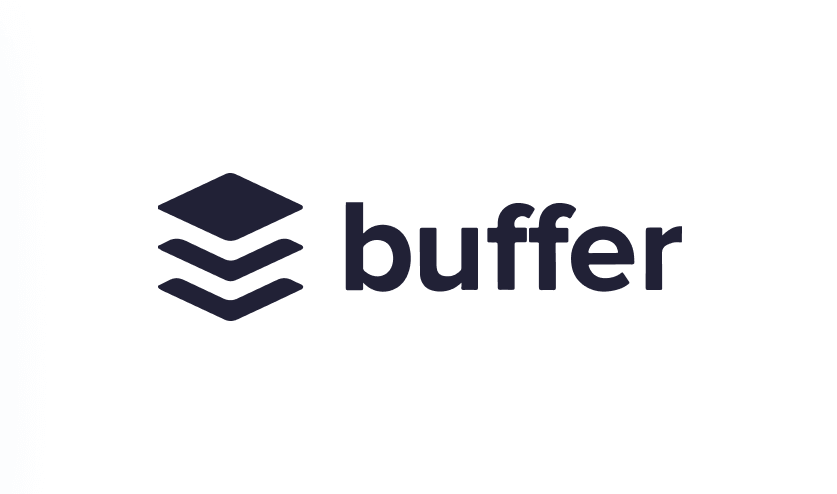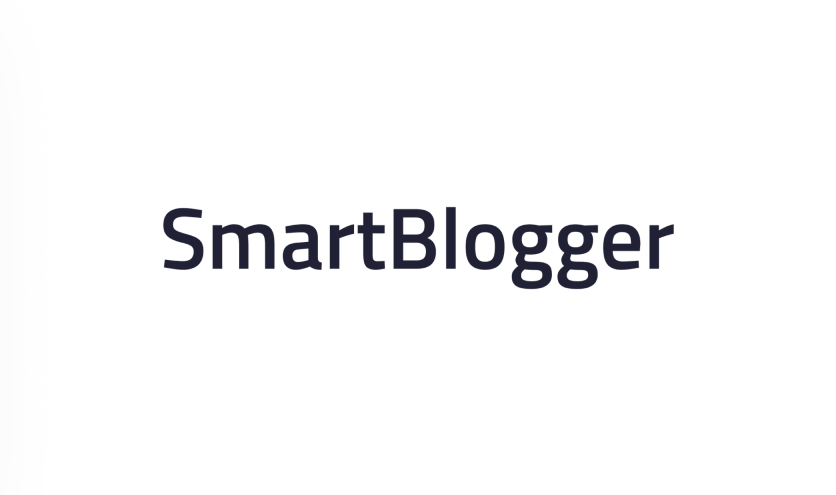Catchy Email Subject Lines for Sales That Boost Open Rates
Unlocking the Power of Email Subject Lines
Want to boost your sales with email marketing? It starts with a catchy subject line. This listicle reveals seven proven strategies for crafting email subject lines that grab attention and drive conversions. Learn how to use personalization, urgency, questions, benefits, social proof, curiosity, and problem-solving to write catchy email subject lines for sales. These techniques will help your emails stand out in crowded inboxes and ultimately increase your revenue.
1. Personalization Subject Lines
In the crowded inbox of today's consumer, a generic email subject line is likely to be overlooked. To truly capture attention and boost your open rates, personalization is key. Personalization subject lines leverage information about the recipient – such as their name, company, or industry – to create a sense of individual connection and relevance. These subject lines make the email feel less like a mass-blast and more like a tailored message, significantly increasing the likelihood of it being opened and read. This targeted approach moves beyond simply adding a first name and delves into creating a subject line that resonates with the recipient's specific context. This is crucial for catchy email subject lines for sales, as it immediately grabs the reader's attention and piques their interest.
Personalization subject lines work by tapping into the fundamental human desire for recognition and individualized communication. Seeing your name, company, or a reference to a specific interest immediately signals that the email's content might be valuable to you specifically. This approach differentiates your email from the countless generic promotional emails flooding inboxes daily. By referencing specific pain points, past interactions, or even industry trends, you demonstrate that you understand the recipient's needs and are offering a tailored solution. This creates a one-to-one conversational feeling, fostering trust and rapport even before the recipient opens the email.
Features of effective personalization subject lines include:
Use of the recipient's first name: This is the most basic form of personalization, yet it remains effective.
Incorporation of company name or industry: This demonstrates relevance and understanding of the recipient's professional context.
Referencing specific pain points or interests: This shows that you've done your research and are offering a solution tailored to their needs.
Leveraging behavioral data or past interactions: This can include referencing previous purchases, website visits, or email interactions to create a more personalized experience.
The benefits of using personalized subject lines are substantial. Studies show that personalized subject lines can increase open rates by an average of 26%. This translates directly to increased email engagement and click-through rates. Furthermore, personalization builds immediate rapport and trust, reducing the perception of the email as spam.
However, there are also potential drawbacks to consider. Effective personalization requires robust data collection and management. You need to ensure data accuracy to avoid embarrassing errors like misspellings or incorrect company names. Over-personalization can also backfire, making the email feel creepy or intrusive. Finally, implementing personalized subject lines at scale can be time-intensive, particularly without the right automation tools.
Examples of effective personalized subject lines for sales:
"John, boost your marketing ROI by 40%"
"Sarah, is [Company Name] ready for digital transformation?"
"Quick question about your Q4 sales goals, Mike"
Tips for creating successful personalized subject lines:
Use merge tags correctly: These dynamic fields pull in personalized data, but ensure they're set up correctly to avoid display errors.
Combine name with relevant business context: Simply adding a name isn't enough. Connect it to something relevant to their business or industry.
Test different levels of personalization: Experiment to find the sweet spot between generic and overly personal.
Ensure data accuracy before sending campaigns: Double-check your data to avoid embarrassing mistakes.
Popular email marketing platforms like HubSpot, Salesforce, and Mailchimp offer robust personalization features, making it easier to implement these strategies effectively. By understanding the nuances of personalization and employing these best practices, you can leverage catchy email subject lines for sales to significantly improve your email marketing results and drive more conversions.
2. Urgency and Scarcity Subject Lines
Urgency and scarcity subject lines are powerful tools in the email marketer's arsenal. They tap into fundamental psychological principles, driving recipients to take immediate action. These subject lines create a sense of time pressure or limited availability, motivating recipients to engage with your email before it's "too late." This tactic leverages the fear of missing out (FOMO), a potent motivator in consumer behavior. By highlighting a limited-time offer, exclusive deal, or dwindling availability, you can significantly boost your email open and click-through rates, ultimately leading to higher conversions.
These catchy email subject lines for sales employ several key features to achieve their desired effect. They use time-sensitive language, often including specific deadlines (e.g., "ends tonight," "last chance"). They emphasize limited quantities or availability, stating explicitly how few items or spots are left. Action-oriented vocabulary like "Don't miss out," "Grab yours now," or "Act fast" further reinforces the urgency. Finally, these subject lines often highlight the consequences of delay, such as missing a special price or losing access to an exclusive opportunity.
The benefits of using urgency and scarcity subject lines are clear. They create immediate motivation for recipients to open your email and act on your offer. This leads to higher conversion rates, particularly for time-sensitive promotions or limited-time deals. These subject lines also cut through the inbox clutter more effectively than generic subject lines. In a sea of emails, a subject line screaming urgency or scarcity is more likely to grab attention. Finally, they drive quick decision-making, shortening the sales cycle and leading to faster results.
However, this approach is not without its drawbacks. Overusing urgency and scarcity tactics can make your brand appear pushy or even desperate. If the sense of urgency is artificial or manufactured, it can damage trust with your audience. Constantly bombarding subscribers with urgent messages can lead to email fatigue, causing them to tune out your communications altogether. Furthermore, if not used carefully, such subject lines can trigger spam filters, landing your emails in the junk folder instead of the inbox.
Here are some examples of effective urgency and scarcity subject lines:
24 hours left: 50% off enterprise solution
Only 3 spots remaining for our exclusive webinar
Your proposal expires at midnight
Last chance: Q4 pricing ends Friday
Don't miss out: Flash sale ends in 2 hours!
Limited stock alert: Your favorite product is selling fast!
To maximize the effectiveness of urgency and scarcity subject lines while minimizing potential downsides, consider these tips:
Use genuine urgency and scarcity: Only employ these tactics when the offer truly is limited in time or quantity. Artificial urgency will erode trust.
Include specific deadlines or quantities: Be precise about when the offer expires or how many items are available. Vague terms like "limited time only" are less effective.
Combine with clear value propositions: Clearly communicate the benefits of acting quickly. What will recipients gain by taking advantage of the offer?
A/B test urgency levels for your audience: Experiment with different levels of urgency in your subject lines to determine what resonates best with your target audience.
This approach, popularized by marketers like Russell Brunson (ClickFunnels) and employed effectively by companies like Amazon with their limited-time offers, and SaaS companies like Zoom and Slack with their limited-time trials, can significantly impact your email marketing results. By understanding the principles of urgency and scarcity and implementing them strategically, you can create catchy email subject lines for sales that drive engagement, conversions, and ultimately, revenue growth.
3. Question-Based Subject Lines
Question-based subject lines are a powerful tool in the email marketer's arsenal. They transform a typical email announcement into an engaging conversation starter, piquing recipients' curiosity and enticing them to open the email to uncover the answer. This technique leverages the inherent human desire for closure and completion – we naturally gravitate towards resolving unanswered questions. By posing a relevant question, you create a "curiosity gap" that motivates the recipient to click and discover the solution within your email. This approach can be particularly effective for driving opens and boosting click-through rates, ultimately leading to increased sales. This is why question-based subject lines deserve a prominent place in any discussion of catchy email subject lines for sales.
These subject lines are not just randomly generated questions; they are strategically crafted to address specific pain points, business challenges, or areas of interest relevant to your target audience. They can be direct and address a known problem ("Are you losing customers to slow response times?") or more open-ended, prompting reflection on broader business challenges ("What's costing your team 3 hours per day?"). The key is to formulate the question in a way that sparks genuine curiosity and promises a valuable answer within the email. Instead of simply announcing a new feature, you engage the recipient in a thought process that naturally leads them towards your offering.
One of the significant advantages of question-based subject lines is their ability to feel less salesy and more consultative. Rather than pushing a product or service, you’re initiating a dialogue, positioning yourself as a helpful resource who understands the recipient’s needs. This approach encourages mental participation from the recipient, making them an active participant in the conversation rather than a passive receiver of marketing messages. Imagine the difference between receiving an email with the subject line "New CRM Software Available" versus "Is your current CRM holding you back?" The latter immediately invites the recipient to consider their current situation and assess whether there's room for improvement.
However, like any tactic, question-based subject lines have potential drawbacks. If not executed carefully, they can seem rhetorical, manipulative, or even unprofessional. The questions must be highly relevant to the recipient's context and genuinely address a pain point they experience. Overusing this technique can also lead to reduced impact as recipients become desensitized to the question format. A poorly crafted question, one that is too vague or seemingly irrelevant, can damage your brand credibility. For example, a subject line like "Want to make more money?" might seem too generic and even spammy, while a more targeted question like "Ready to double your conversion rates?" speaks directly to a key metric for ecommerce businesses.
To maximize the effectiveness of question-based subject lines, consider the following tips:
Ask questions your prospects actually think about: Research your target audience and understand their daily challenges. The more closely your questions align with their internal dialogue, the more effective they will be.
Focus on pain points rather than features: Frame your questions around the problems your product or service solves, not just its functionalities. For instance, instead of "Introducing our new project management software," try "Struggling to keep your projects on track?"
Keep questions concise and clear: Subject lines should be short and to the point. Avoid complex or convoluted questions that may confuse the recipient.
Ensure the email content answers the question posed: The email body should directly address the question raised in the subject line. Failing to do so will erode trust and disappoint the reader.
The success of question-based subject lines has been demonstrated by prominent figures in the marketing world like Neil Patel, whose campaigns often leverage this technique to drive engagement. Content marketing platforms like CoSchedule also advocate for the use of question-based subject lines, and they are a frequent topic in B2B sales training programs. Learn more about Question-Based Subject Lines.
By understanding the psychology behind question-based subject lines, considering their pros and cons, and following best practices, you can effectively utilize this method to craft catchy email subject lines for sales that resonate with your target audience, boost open rates, and ultimately drive conversions. Remember to always prioritize relevance and authenticity to ensure your questions genuinely connect with your recipients and position you as a valuable resource.
4. Benefit-Focused Subject Lines
Benefit-focused subject lines are the cornerstone of effective email marketing for sales. They cut through the noise of a crowded inbox by directly addressing the recipient's core question: "What's in it for me?" Instead of highlighting features, these subject lines emphasize the value, outcome, or benefit the recipient will receive by opening the email. This approach prioritizes results and resonates strongly with the self-interest of potential customers. By showcasing the potential impact of your product or service right in the subject line, you significantly increase the chances of your email being opened and read. This is crucial for driving conversions and ultimately boosting your sales.
Benefit-focused subject lines rely on several key features. First, they articulate clear value propositions, concisely explaining how the email content can solve a problem or fulfill a need. They use outcome-focused messaging, painting a picture of the desired result. Whenever possible, they quantify the benefits, using concrete numbers and percentages to make the impact more tangible. Most importantly, they establish a direct correlation between the promised benefit and the recipient's known needs or pain points.
The advantages of this approach are numerous. They immediately communicate value, grabbing the recipient's attention and piquing their interest. They appeal to the recipient's self-interest, making the email content feel personally relevant. This heightened relevance translates to higher engagement rates, with more recipients opening, reading, and clicking through your emails. Finally, benefit-focused subject lines set clear expectations for the email content, ensuring that the recipient is prepared for the information inside.
However, this approach also has potential drawbacks. It’s crucial to deliver on the promised benefits within the email body; otherwise, you risk disappointing your subscribers and damaging your credibility. Exaggerated claims can also sound too good to be true, leading to skepticism and distrust. Crafting effective benefit-focused subject lines requires a deep understanding of your customer needs and pain points. You need to know what motivates them and what problems they're trying to solve. Finally, while focusing on concrete benefits is essential, these subject lines might sometimes lack an emotional connection, which can be a powerful driver of engagement.
Here are some examples of catchy email subject lines for sales that effectively utilize a benefit-focused approach:
Reduce your customer service costs by 40%: This subject line quantifies the potential cost savings, appealing directly to businesses looking to optimize their operations.
Get 200% more qualified leads this quarter: This promises a significant increase in lead generation, a key metric for sales teams.
Save 15 hours per week on manual reporting: This highlights the time-saving benefits, appealing to busy professionals looking for efficiency.
Increase your team's productivity in 30 days: This promises a tangible improvement in team performance within a specific timeframe.
To craft compelling benefit-focused subject lines, follow these tips:
Use specific numbers and percentages whenever possible: Quantifiable results are more convincing and memorable.
Focus on outcomes, not features: Instead of describing what your product does, explain what it achieves for the customer.
Align benefits with known pain points: Address the specific challenges and frustrations your target audience faces.
Ensure claims are realistic and achievable: Avoid overpromising or making claims you can’t substantiate.
This strategy has a rich history, popularized by direct response marketing pioneers like David Ogilvy, who understood the power of appealing to customer self-interest. Modern SaaS companies like HubSpot and Salesforce, as well as growth marketing teams at rapidly expanding startups, also leverage this approach to drive engagement and conversions. Learn more about Benefit-Focused Subject Lines to further refine your email marketing strategy. By focusing on the value you provide to your customers, you can create catchy email subject lines for sales that resonate, drive opens, and ultimately boost your bottom line.
5. Social Proof Subject Lines
In the crowded inbox, grabbing attention and building trust is paramount. That’s where the power of social proof comes into play. Social proof subject lines leverage the psychological principle that people are influenced by the actions and opinions of others, especially when making decisions. These subject lines incorporate testimonials, case studies, client names, or other forms of social validation to instantly boost your credibility and entice recipients to open your emails. This tactic deserves a spot on this list because it directly addresses two major hurdles in email marketing: standing out from the noise and overcoming skepticism. By showcasing the positive experiences of others, you provide a compelling reason for potential customers to consider your offerings.
Social proof subject lines work by tapping into our inherent desire to conform and follow the lead of those we perceive as similar to ourselves or as authorities. Seeing that others have benefited from a product or service reduces the perceived risk for potential customers and increases their confidence in making a purchase. This is particularly effective in situations where the customer is unfamiliar with your brand or the product/service you are offering.
Here’s a breakdown of the features you can incorporate into your social proof subject lines:
Client Testimonials or Quotes: These offer a personal touch and resonate with readers. A concise, impactful quote can significantly increase open rates.
Case Study References: Mentioning successful case studies piques curiosity and offers tangible evidence of your product or service’s effectiveness.
Industry Recognition or Awards: Highlighting awards or recognition from reputable organizations adds another layer of credibility and distinguishes you from competitors.
Peer Behavior Indicators: Using phrases like "Join 10,000+ satisfied customers" leverages the "bandwagon effect" and encourages recipients to become part of a successful group.
Pros of Using Social Proof Subject Lines:
Builds Immediate Credibility and Trust: Seeing positive feedback from others instantly establishes trust, which is crucial for converting prospects.
Reduces Perceived Risk of Engagement: Knowing that others have had a positive experience minimizes the perceived risk associated with trying a new product or service.
Leverages Peer Influence Effectively: Tapping into the power of social influence can be a highly effective way to persuade potential customers.
Provides Concrete Proof of Value: Instead of simply stating your product's benefits, social proof demonstrates its value through real-world examples.
Cons of Using Social Proof Subject Lines:
Requires Permission to Use Client Names: Always obtain explicit permission before using client names or testimonials in your subject lines.
May Not Resonate with Different Industry Segments: Some industries may be less receptive to social proof than others. Test and analyze your results to determine effectiveness.
Can Appear Boastful if Overused: Too much social proof can backfire and make your brand seem arrogant. Use it strategically and authentically.
Needs Regular Updating to Stay Current: Outdated testimonials or case studies can lose their impact. Regularly refresh your social proof to maintain relevance.
Examples of Effective Social Proof Subject Lines:
How Microsoft increased efficiency by 60%
Join 10,000+ companies using our solution
'Best investment we made' - CEO, Fortune 500
Why Google chose us for their expansion
Tips for Crafting Compelling Social Proof Subject Lines for Sales:
Use Recognizable Brand Names When Possible: Leveraging the recognition of well-known brands can significantly boost your credibility.
Include Specific Metrics and Outcomes: Quantifiable results add weight to your claims and demonstrate the tangible benefits of your product or service.
Obtain Proper Permissions for Client References: Always secure permission before using client testimonials or names.
Match Social Proof to Target Audience Level: Tailor your social proof to resonate with the specific interests and needs of your target audience.
Social proof subject lines are an excellent way to boost open rates and conversions by leveraging the persuasive power of social influence. By strategically incorporating testimonials, case studies, and other forms of social validation, you can build trust, reduce perceived risk, and ultimately drive sales. Learn more about Social Proof Subject Lines for additional insights and practical examples. These subject lines have been popularized through extensive influence research, such as that of Robert Cialdini, and are frequently used by successful B2B companies like LinkedIn and Salesforce, often as part of broader case study marketing strategies. Consider incorporating social proof into your next email campaign to see firsthand the positive impact it can have on your results. Remember to A/B test different subject lines to optimize their performance and refine your approach for catchy email subject lines for sales.
6. Curiosity Gap Subject Lines
Catchy email subject lines for sales are crucial for grabbing attention in overflowing inboxes. One highly effective method is leveraging the power of "Curiosity Gap Subject Lines." This technique capitalizes on a fundamental human drive: the need to resolve uncertainty. By strategically withholding key information while simultaneously piquing interest, these subject lines create a knowledge gap that recipients feel compelled to fill by opening the email. This inherent desire to seek closure makes curiosity gap subject lines a powerful tool for boosting open rates and driving engagement with your sales emails.
How Curiosity Gap Subject Lines Work:
The core principle behind this strategy is simple: tease, don't reveal. You offer a glimpse into something intriguing but stop short of providing the full picture. This creates a sense of mystery and anticipation, prompting the recipient to click and discover the missing information. It's like a compelling movie trailer – it gives you enough to hook you but leaves you wanting more.
Features of Effective Curiosity Gap Subject Lines:
Partial Information Revelation: Instead of laying everything out, these subject lines provide just enough information to spark interest. Think of it as a breadcrumb trail leading the recipient to the main course (your email content).
Intriguing but Incomplete Statements: Phrases like "You won't believe this..." or "The secret to..." create a sense of anticipation and encourage clicks.
Teaser-Style Formatting: Using questions, numbers, or surprising statistics can further enhance the curiosity factor. For instance, "3 Mistakes Killing Your Sales Conversions" or "Is This the Reason Your Emails Are Ignored?"
Psychological Tension Creation: The subtle tension created by the information gap motivates the recipient to seek resolution by opening the email.
Pros of Using Curiosity Gap Subject Lines:
High Open Rates: The innate human desire to fill knowledge gaps translates directly into higher open rates for your sales emails.
Creates Mental Engagement: Unlike passive subject lines, curiosity gap subject lines actively engage the recipient's mind, making them more receptive to your message.
Stands Out in Crowded Inboxes: In a sea of generic subject lines, a well-crafted curiosity gap subject line can be a breath of fresh air, capturing attention and cutting through the noise.
Encourages Active Participation from Recipients: This approach transforms email recipients from passive observers into active participants, eager to discover the information you’ve withheld.
Cons of Using Curiosity Gap Subject Lines:
Can Feel Manipulative or Clickbait-y: If not executed carefully, this technique can come across as manipulative or misleading, potentially damaging your brand's credibility.
Must Deliver Valuable Content to Maintain Trust: The content within your email must live up to the promise of the subject line. Failing to deliver valuable information will erode trust and lead to future disengagement.
May Attract the Wrong Audience if Too Vague: While mystery can be enticing, being too vague can attract clicks from people who aren't your target audience, leading to lower conversion rates.
Risk of Disappointing if Content Doesn't Match Intrigue: If the content doesn't satisfy the curiosity created by the subject line, recipients will feel misled and less likely to engage with your future emails.
Examples of Successful Curiosity Gap Subject Lines for Sales:
The mistake 90% of sales teams make (and how to fix it)
What we learned from analyzing 1M sales calls (and how it can boost your revenue)
The #1 reason deals fall through (it's not price – it's this)
This surprised our entire marketing team (and it’ll surprise you too)
See how we increased sales by 20% in just one month (hint: it's simpler than you think)
Tips for Implementing Curiosity Gap Subject Lines:
Provide Enough Context to be Relevant: While withholding information is key, the subject line should still be relevant to the recipient's interests and needs.
Ensure Email Content Satisfies the Curiosity Created: The content of your email should deliver the payoff promised by the subject line. Don't over-promise and under-deliver.
Avoid Being Too Vague or Mysterious: While intrigue is good, avoid being so cryptic that the recipient has no idea what the email is about.
Test Different Levels of Intrigue with Your Audience: Experiment with different levels of information withholding to find the sweet spot that resonates with your specific audience.
When and Why to Use This Approach:
Curiosity gap subject lines are particularly effective for sales emails promoting new products, announcing special offers, sharing valuable insights, or inviting recipients to exclusive events. They are ideal for re-engaging dormant subscribers or attracting new leads. However, they should be used strategically and not for every single email communication. Overusing this technique can diminish its effectiveness and make your emails seem predictable.
By mastering the art of the curiosity gap, you can significantly improve your email open rates, drive engagement, and ultimately boost your sales. Just remember to prioritize providing genuine value and avoid misleading your audience. This approach, when used responsibly, can be a powerful tool in your email marketing arsenal.
7. Problem-Solution Subject Lines
Problem-solution subject lines are a powerful tool in the email marketer's arsenal, offering a direct and compelling way to grab the attention of your target audience. These catchy email subject lines for sales work by identifying a specific pain point the recipient is likely experiencing and then hinting at or explicitly offering a solution. This approach immediately establishes relevance, positions you as a helpful resource, and encourages the recipient to open the email to learn more. This method deserves its place on this list because it cuts through the noise of a crowded inbox by speaking directly to the recipient's needs and offering immediate value.
This strategy hinges on understanding your audience and their challenges intimately. It's about demonstrating that you not only understand their problems but also have the solution they're seeking. This creates a powerful value proposition that resonates with logical decision-makers who are constantly looking for ways to improve their businesses or lives.
How Problem-Solution Subject Lines Work:
The core of this technique lies in the juxtaposition of problem and solution. You first present a recognizable challenge, worded in a way that resonates with the recipient's experience. This immediately grabs their attention because it addresses something they're actively grappling with. Then, you introduce the solution, either directly in the subject line itself or by hinting at it, creating intrigue and encouraging the recipient to open the email for the full details.
Features of Effective Problem-Solution Subject Lines:
Clear Problem Identification: The problem should be stated concisely and in terms the recipient understands and relates to. Avoid jargon or overly technical language.
Solution-Oriented Messaging: The subject line must clearly indicate that a solution is being offered, whether explicitly stated or subtly implied.
Pain Point Acknowledgment: The subject line should demonstrate empathy and understanding of the recipient's challenges.
Direct Relevance to Recipient Challenges: The problem addressed must be genuinely relevant to the recipient's situation and business context.
Pros of Using Problem-Solution Subject Lines:
Immediately Relevant to Recipient Needs: By addressing a known pain point, you instantly capture the recipient's attention and pique their interest.
Positions Sender as a Helpful Resource: You establish yourself as someone who understands their challenges and can provide valuable solutions.
Creates a Clear Value Proposition: The subject line clearly articulates the benefit of opening the email – learning how to solve a pressing problem.
Appeals to Logical Decision-Making: This approach resonates with those who are looking for practical solutions to improve their business or personal lives.
Cons of Using Problem-Solution Subject Lines:
Requires Deep Understanding of Customer Problems: Effective implementation necessitates thorough research and understanding of your target audience's pain points.
May Seem Presumptuous About Recipient's Situation: If the problem isn't genuinely relevant to the recipient, the subject line can come across as presumptuous or even intrusive.
Can Be Too Direct or Sales-Heavy: Overly aggressive or pushy subject lines can deter recipients. Strive for a balance between directness and helpfulness.
Solution Must Be Genuinely Valuable: The solution offered must actually address the stated problem effectively. Failing to deliver on the promise made in the subject line will damage your credibility.
Examples of Effective Problem-Solution Subject Lines:
Struggling with lead qualification? Here's how to fix it.
Stop losing deals to 'no decision'.
Fix your broken sales process in 30 days.
The solution to your pipeline visibility problem.
Tired of cart abandonment? Recapture lost sales with these strategies.
Is your email marketing falling flat? Discover 3 proven tactics to boost engagement.
Tips for Crafting Compelling Problem-Solution Subject Lines for Sales:
Research Common Pain Points in Your Target Market: Conduct thorough market research, surveys, and customer interviews to identify the most pressing challenges your target audience faces.
Use Language Your Prospects Actually Use: Speak their language and avoid jargon or technical terms they may not understand.
Ensure Your Solution Genuinely Addresses the Problem: Don't over-promise or offer a solution that doesn't truly solve the problem. Be honest and transparent.
Be Specific About Both Problem and Solution: Vague subject lines are less effective. Clearly articulate the problem and hint at the specific solution you offer. For example, instead of "Improve your marketing," try "Increase website conversions by 20% with personalized landing pages."
Problem-solution subject lines are a powerful technique for creating catchy email subject lines for sales that resonate with your audience and drive conversions. By understanding your customer's pain points and offering valuable solutions, you can cut through the inbox clutter and achieve your email marketing goals. This approach has been popularized by solution-selling methodology pioneers, B2B SaaS companies, and sales training organizations, demonstrating its effectiveness across various industries.
7 Types of Sales Email Subject Lines Compared
Start Writing Amazing Subject Lines Today!
Crafting catchy email subject lines for sales is more than just a nice-to-have; it's the key to unlocking higher open rates, increased click-throughs, and ultimately, a healthier bottom line. Throughout this article, we've explored seven powerful strategies, from personalization and urgency to curiosity gaps and problem-solving, to help you write compelling subject lines that grab attention. By mastering these techniques—personalization, urgency/scarcity, questions, benefit-driven language, social proof, curiosity, and problem/solution framing—you're not just tweaking words; you're building a direct line of communication with your target audience, fostering engagement, and driving conversions. Remember, your email subject line is the first, and often only, impression you make. It's the gateway to your carefully crafted message and the potential for a successful sale.
Want to elevate your email marketing game even further and craft truly magnetic subject lines?
Chase Dimond offers in-depth training and resources to help you write high-converting email copy, including irresistible subject lines.
Visit Chase Dimond today to unlock the secrets to email marketing success and take your catchy email subject lines for sales to the next level.






